Archives of the Intimacy
I.“Souvenirs 2013-2015”
![]()
I.“Souvenirs 2013-2015”
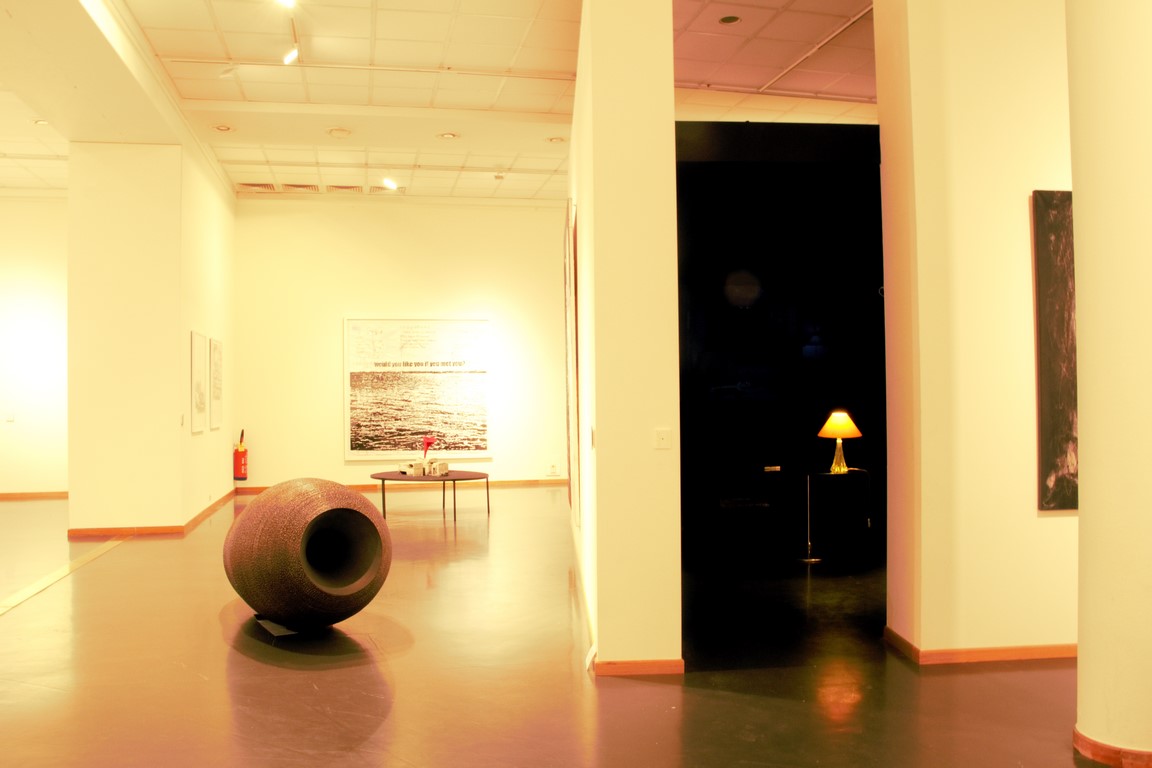
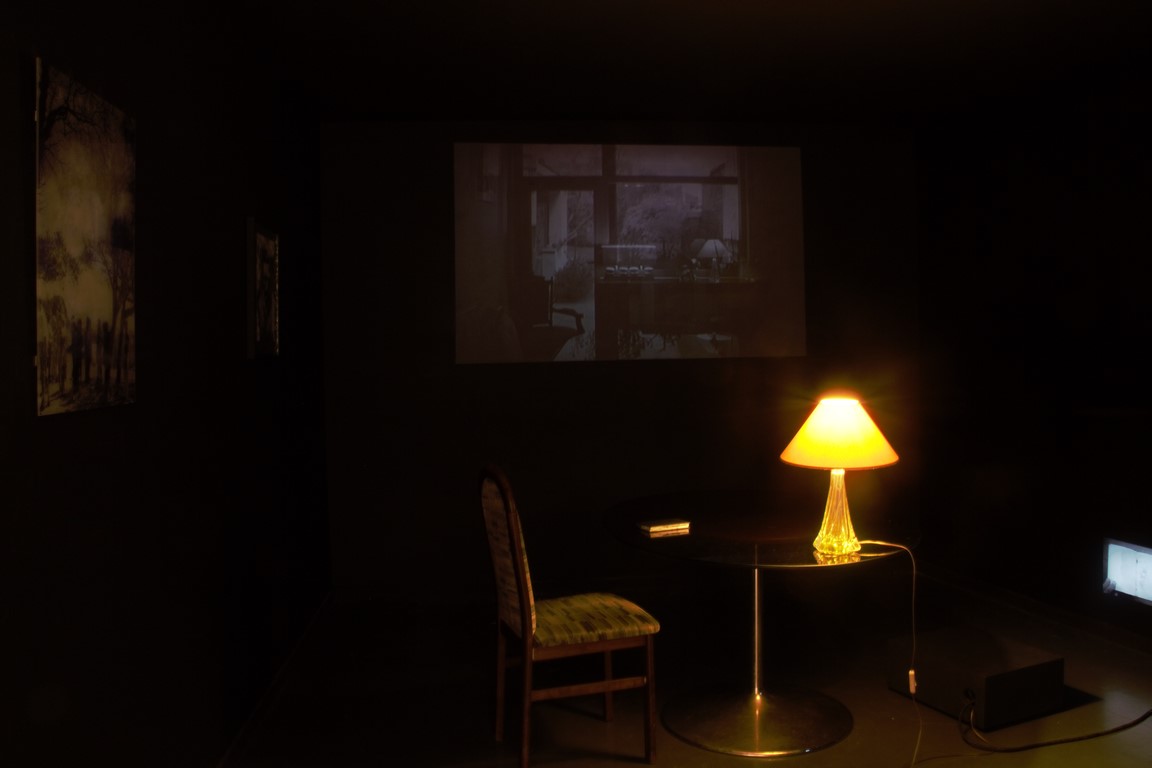

Archives of the Intimacy
II.“ The Invisible Collection”
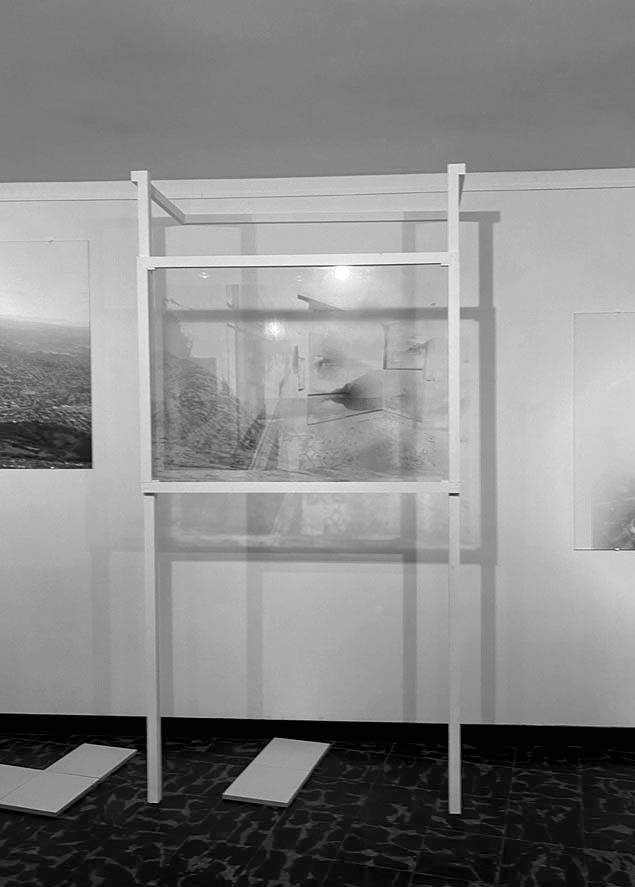
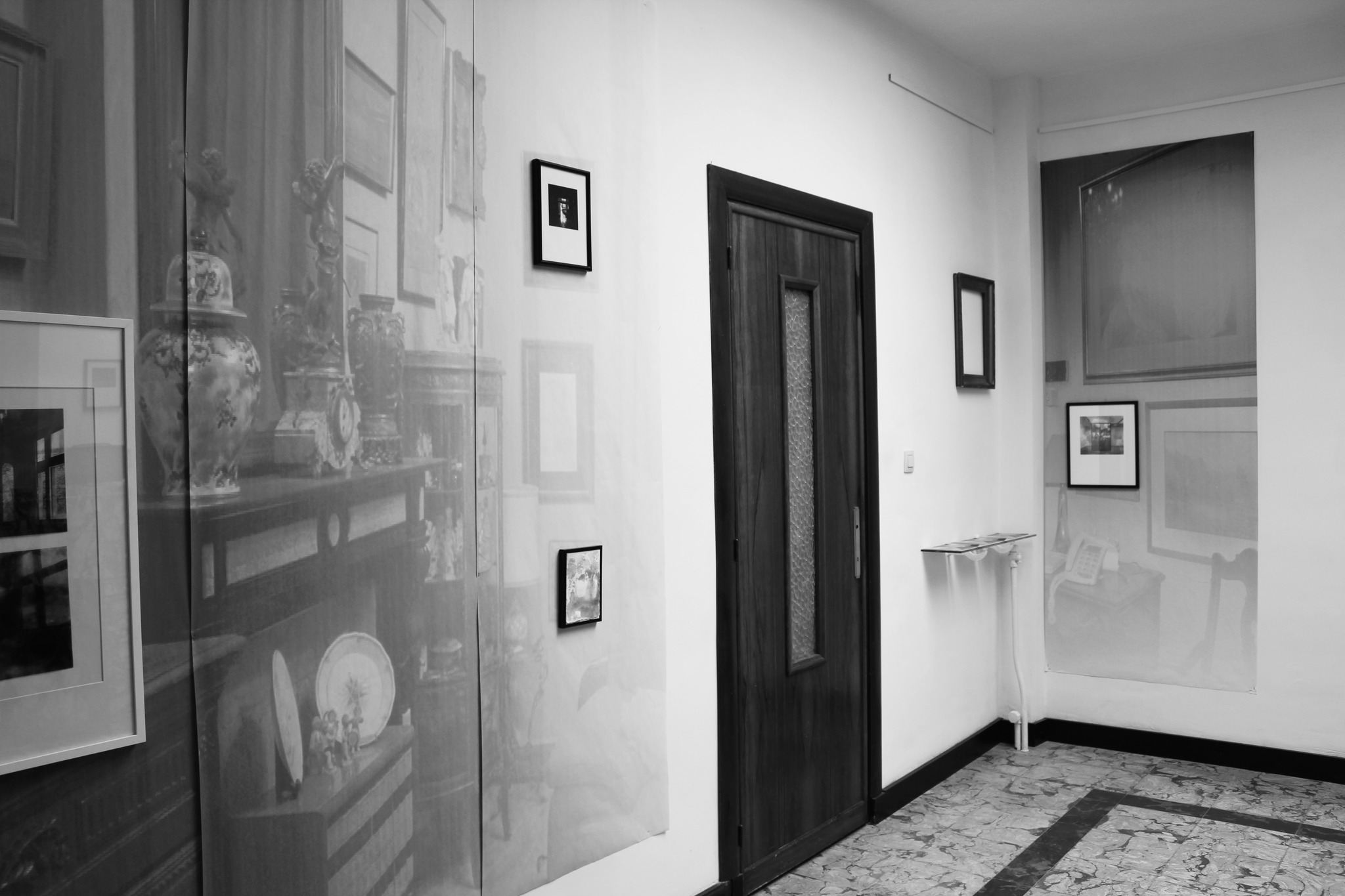
Archives of the Intimacy
III. “ Chapters”
III. “ Chapters”
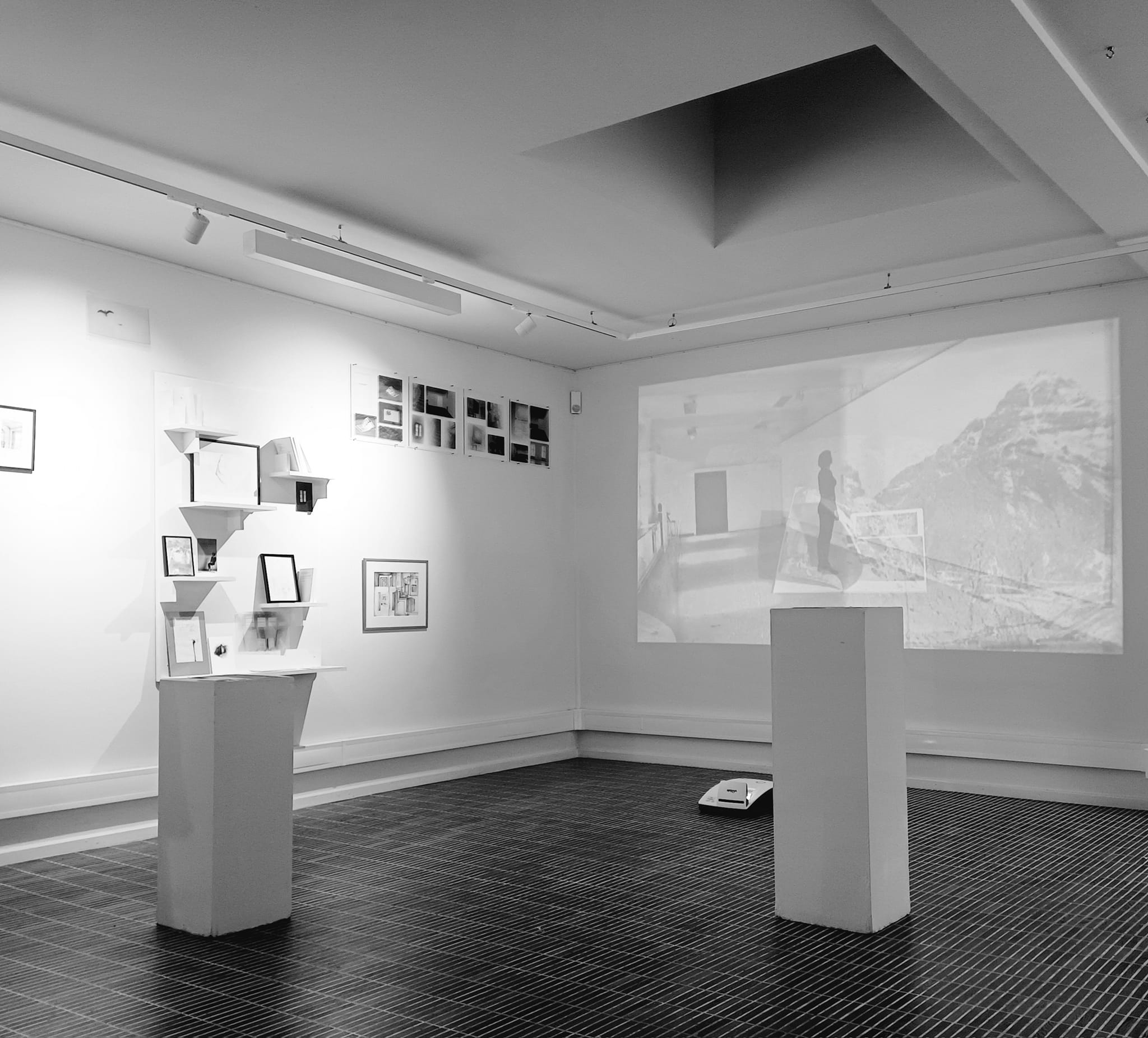
Notes
1 Synopsis - In the reproduction of the dining room of the artist’s childhood home, the viewer follows the artist as he wanders among his doubles, like a living tableau of a character who dreams, who recalls his memories associated with this space.
The installation was presented in the heart of the permanent exhibition space of the Museum of Fine Arts, like an alcove, a moment of pause. Techniques - A living room-sized installation featuring the backdrop from the video “Tableau vivant”, projected in the installation Souvenirs 2013–2015.
All of the pieces on display echo the passing and repetition of time. Archives - family archives, old photographs, and original furniture from the artist's childhood home (smoked glass table, console table, bedside lamp).
Datas - Hainaut Visual Arts Prize Exhibition, Charleroi Museum of Fine Arts (BE), 2015 (Laureate)
Captions -
1/ Entrance to the installation "Souvenirs 2013-2015" in a black-box of the museum's permanent collection;
2/ Installation "Souvenirs 2023-2015" composed of the reproduction of a dining room and surrounded by videos, photographs printed on plexiglass, ink-drawn books, original and manipulated family photos.
3/ Tableau vivant, Video, 12’59’’, 2015
Full video -> here
2
Synopsis -The exhibition ‘The Invisible Collection’ is a life-size reconstruction of a mental labyrinth where the artist's personal stories intertwine with Stefan Zweig's novella, highlighting the processes of imagination and literature.
‘The Invisible Collection’ tells the story of a blind collector who still believes he owns an incredible collection of engravings, even though his family had to part with them. The collector speaks emotionally about images that are invisible but which he can touch and ‘feel’. Around a museum that cannot be seen, composed of blurred images, texts and fragments, a mental labyrinth unfolds, both present and absent, consisting of a maze of intertwined galleries. As Louis Scutenaire said: ‘Memory is a museum room where one often gets lost.’
Techniques - Life-size maze and impressions of erased life-size photographic collages permeate the exhibition space;
The display cases evoke museum archives, and fragments of Zweig's texts are recited and whispered throughout the space.
Archives - “La Collection Invisible” de Stephan Zweig, Photographs of the artist's childhood home & handwritten manuscripts by Jean-Pol DucèneDatas - The former bourgeois residence of the TRE-A gallery, Mons (BE), 2020
Captions -
1/ Invisible Galleries, white book bound and composed of collages and digital photographs, 18 x 13 cm, 2018 ;
2/ The imaginary museum, white wooden structure composed of a print on plexiglass (192 x 112 cm), 2018;
3/ Installation view "The Invisible Collection," life-size photocopy print of the set, framed paintings and drawings, sound excerpts from "The Invisible Collection" by Stefan Zweig
‘The Invisible Collection’ tells the story of a blind collector who still believes he owns an incredible collection of engravings, even though his family had to part with them. The collector speaks emotionally about images that are invisible but which he can touch and ‘feel’. Around a museum that cannot be seen, composed of blurred images, texts and fragments, a mental labyrinth unfolds, both present and absent, consisting of a maze of intertwined galleries. As Louis Scutenaire said: ‘Memory is a museum room where one often gets lost.’
Techniques - Life-size maze and impressions of erased life-size photographic collages permeate the exhibition space;
The display cases evoke museum archives, and fragments of Zweig's texts are recited and whispered throughout the space.
Archives - “La Collection Invisible” de Stephan Zweig, Photographs of the artist's childhood home & handwritten manuscripts by Jean-Pol DucèneDatas - The former bourgeois residence of the TRE-A gallery, Mons (BE), 2020
Captions -
1/ Invisible Galleries, white book bound and composed of collages and digital photographs, 18 x 13 cm, 2018 ;
2/ The imaginary museum, white wooden structure composed of a print on plexiglass (192 x 112 cm), 2018;
3/ Installation view "The Invisible Collection," life-size photocopy print of the set, framed paintings and drawings, sound excerpts from "The Invisible Collection" by Stefan Zweig
3
Synopsis - The multimedia installation ‘Chapters’ is a tribute to the power of literature and writing, to the book as an object, and to the mental projections generated by the imagination when constructing a narrative: staging oneself, writing a script, creating one's own characters with whom one identifies, wandering through landscapes that transform with each turn of the page.
Techniques - Installation consisting of a bookcase filled with books, photographs and drawings;
Surrounding the bookcase: video, text and photographic prints on Plexiglas
Archives - “The Earth and the Reveries of Will: An Essay on the Imagination of Matter” by Gaston Bachelard, quotations from Paul Eluard and Jorge Luis Borges.Datas - Exhibition “Women”, Galerie Plateforme, Wavre (BE), 2024
Captions -
1/ View of the "Chapters" exhibition, an installation composed of video, handwritten letters, paintings, drawings, text fragments, photographic prints on plexiglass, photographs on paper, films, engravings ;
2/ Chapter I, video excerpts, 2017, 3 min 52 s
A character enters an open book and imagines their own story, between wanderings and interpretations. A coincidence is then created between the images in the book and the mental images created.
Full video -> here
Techniques - Installation consisting of a bookcase filled with books, photographs and drawings;
Surrounding the bookcase: video, text and photographic prints on Plexiglas
Archives - “The Earth and the Reveries of Will: An Essay on the Imagination of Matter” by Gaston Bachelard, quotations from Paul Eluard and Jorge Luis Borges.Datas - Exhibition “Women”, Galerie Plateforme, Wavre (BE), 2024
Captions -
1/ View of the "Chapters" exhibition, an installation composed of video, handwritten letters, paintings, drawings, text fragments, photographic prints on plexiglass, photographs on paper, films, engravings ;
2/ Chapter I, video excerpts, 2017, 3 min 52 s
A character enters an open book and imagines their own story, between wanderings and interpretations. A coincidence is then created between the images in the book and the mental images created.
Full video -> here
Chapter (1)
~ Archives of the Intimacy
‘Caring for traces, remains, and memories is also
creating possible futures.”
- Deborah Bird Rose’
In her installations, Claire Ducène transforms family
archives into living material.
Photographs, letters and objects are not simply preserved: they are reactivated in space, transforming the intimate album into a sensitive and shared experience.
The artist reveals their fragility – crumbling paper, uncertain memories – while giving them new life through drawing, ink or collage. In this way, her artistic gestures become extensions of memory.
These personal fragments, delicately staged, transcend the intimate to become a collective mirror: everyone finds their own gaps, their own memories.
The installation thus becomes a place of memory and resilience, where the ephemeral finds a form of eternity.
Photographs, letters and objects are not simply preserved: they are reactivated in space, transforming the intimate album into a sensitive and shared experience.
The artist reveals their fragility – crumbling paper, uncertain memories – while giving them new life through drawing, ink or collage. In this way, her artistic gestures become extensions of memory.
These personal fragments, delicately staged, transcend the intimate to become a collective mirror: everyone finds their own gaps, their own memories.
The installation thus becomes a place of memory and resilience, where the ephemeral finds a form of eternity.
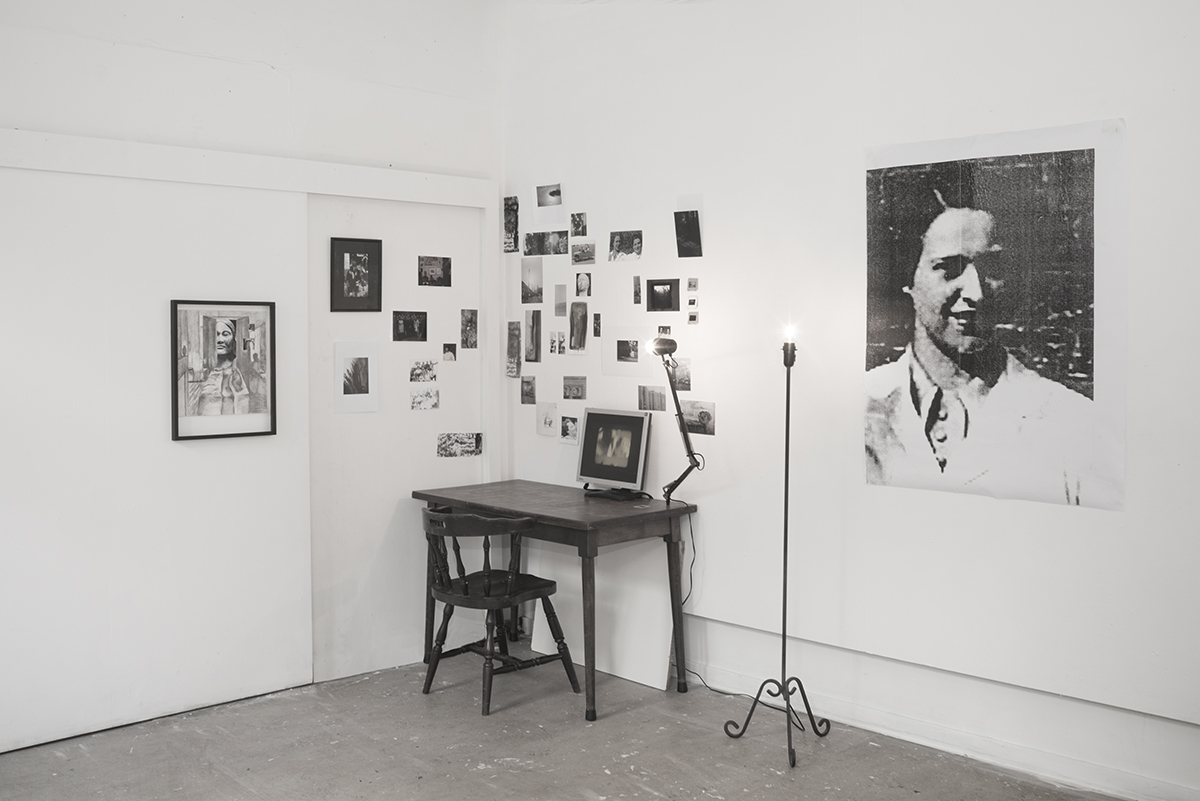
The Office, family archives, 2015
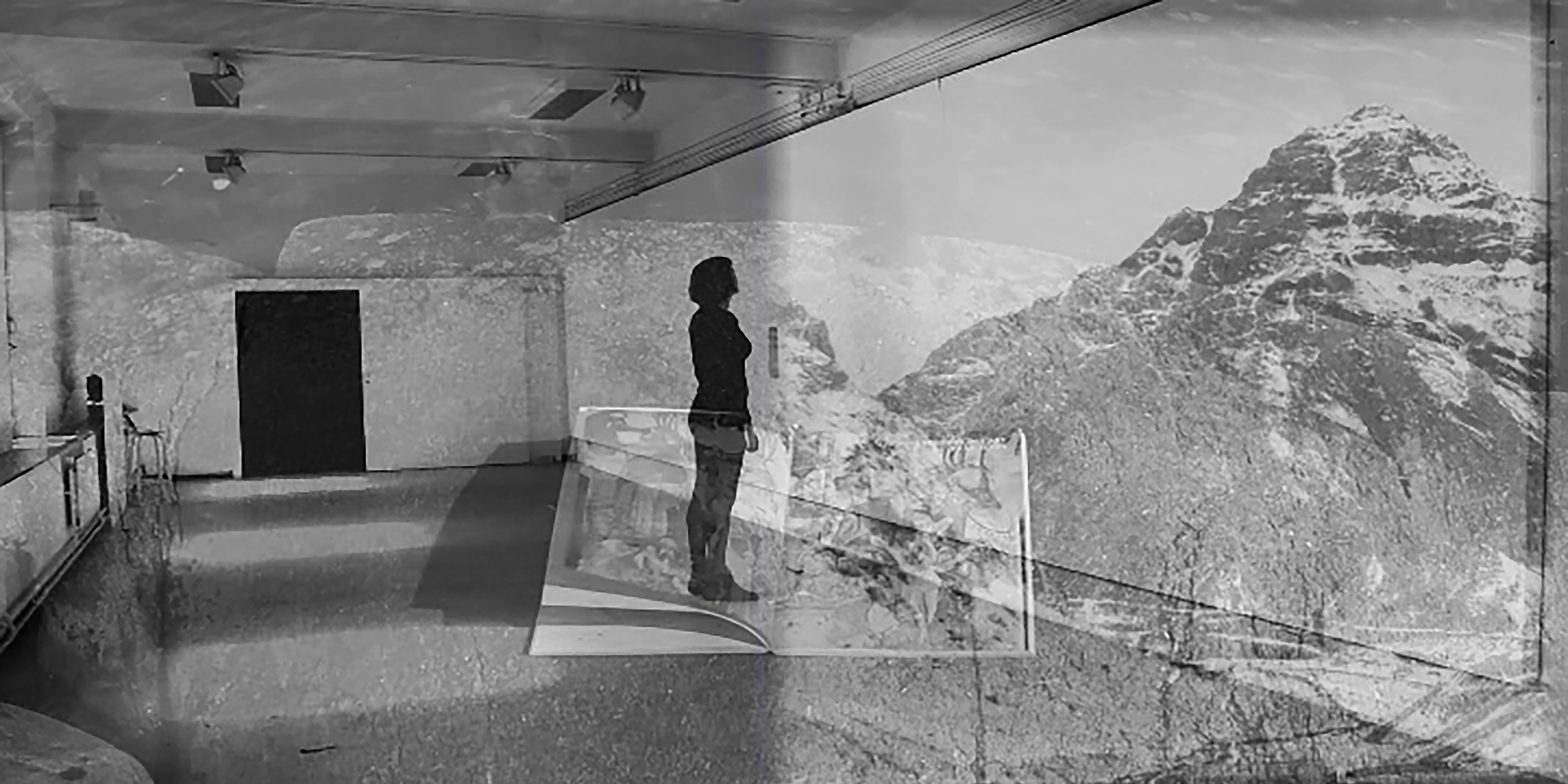
Chapter I, video excerpts, 2017, 3 min 52 s
A character enters an open book and imagines his own story, wandering and interpreting. A coincidence is then created between the images in the book and the mental images created.
A character enters an open book and imagines his own story, wandering and interpreting. A coincidence is then created between the images in the book and the mental images created.
